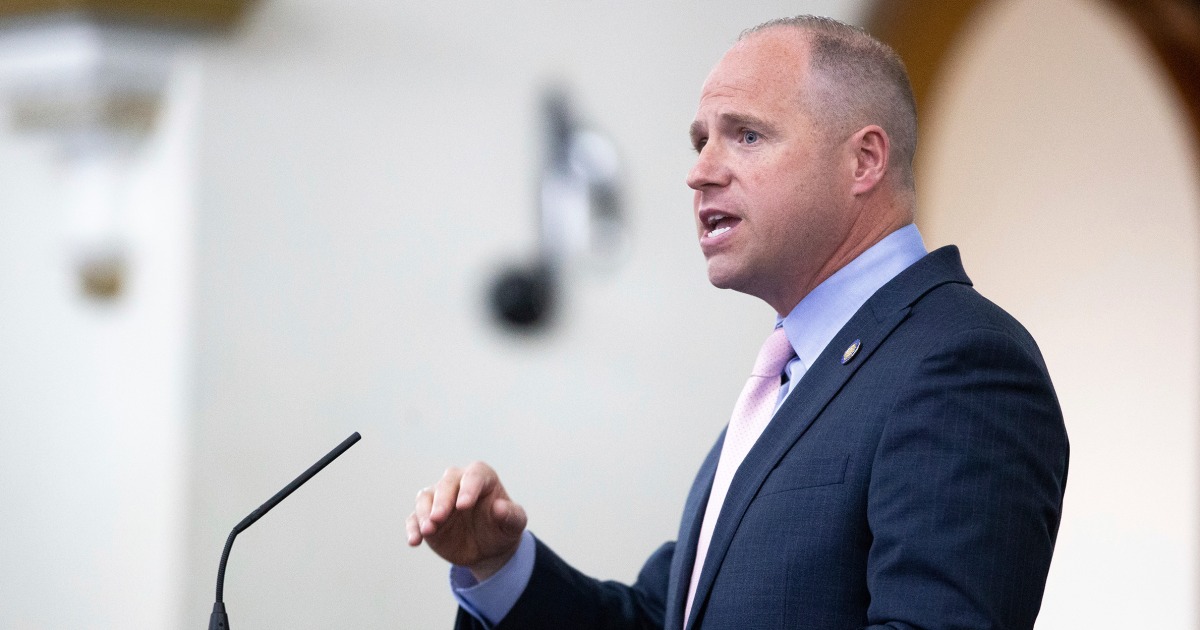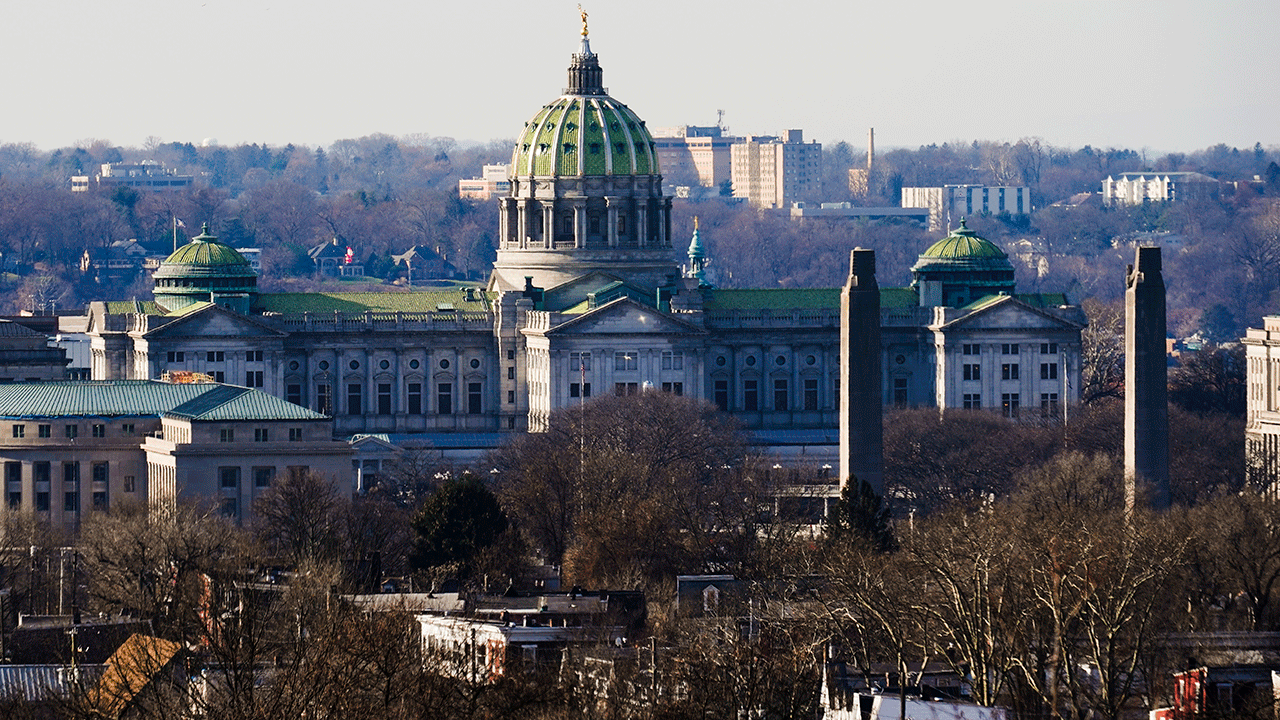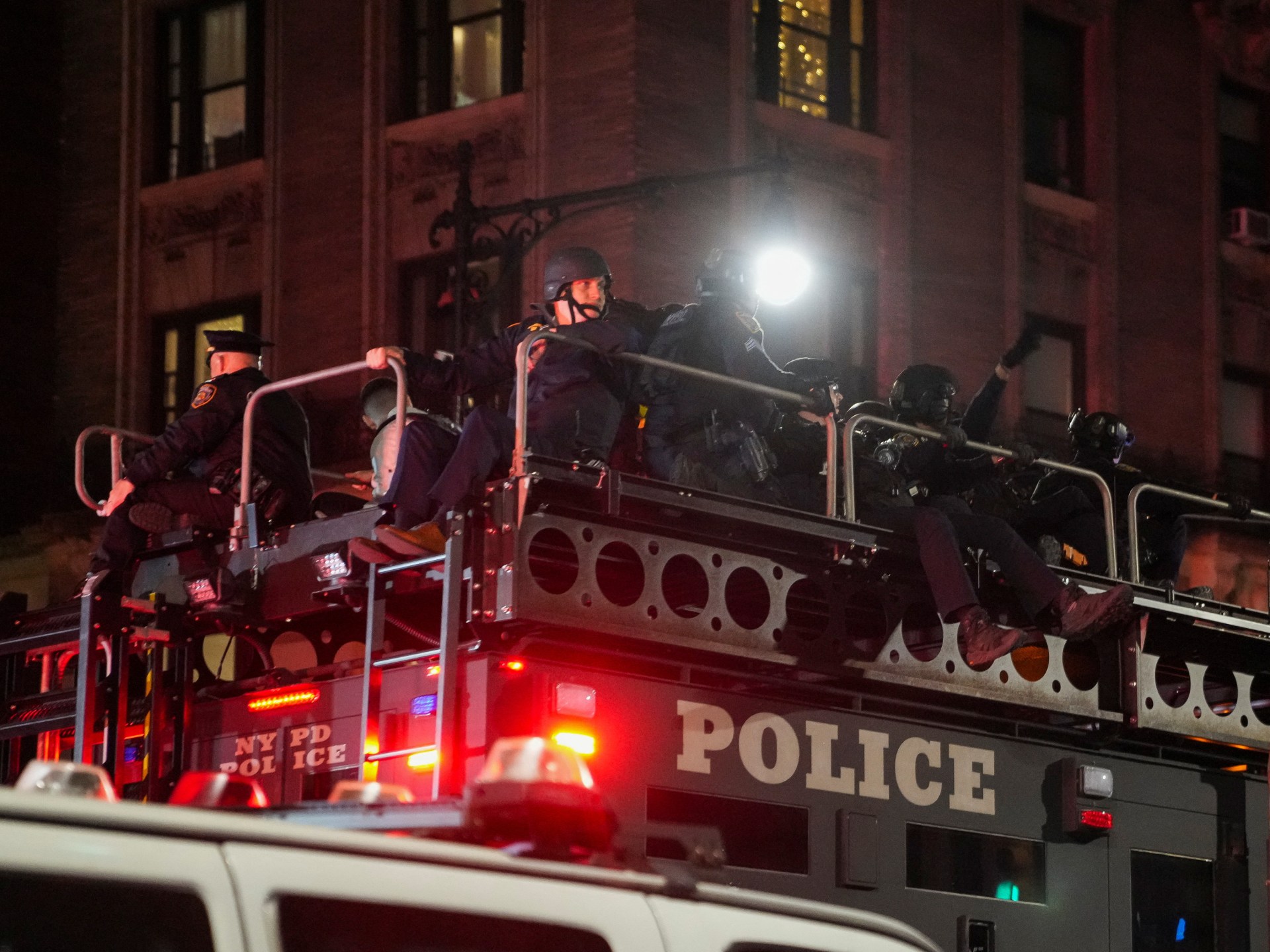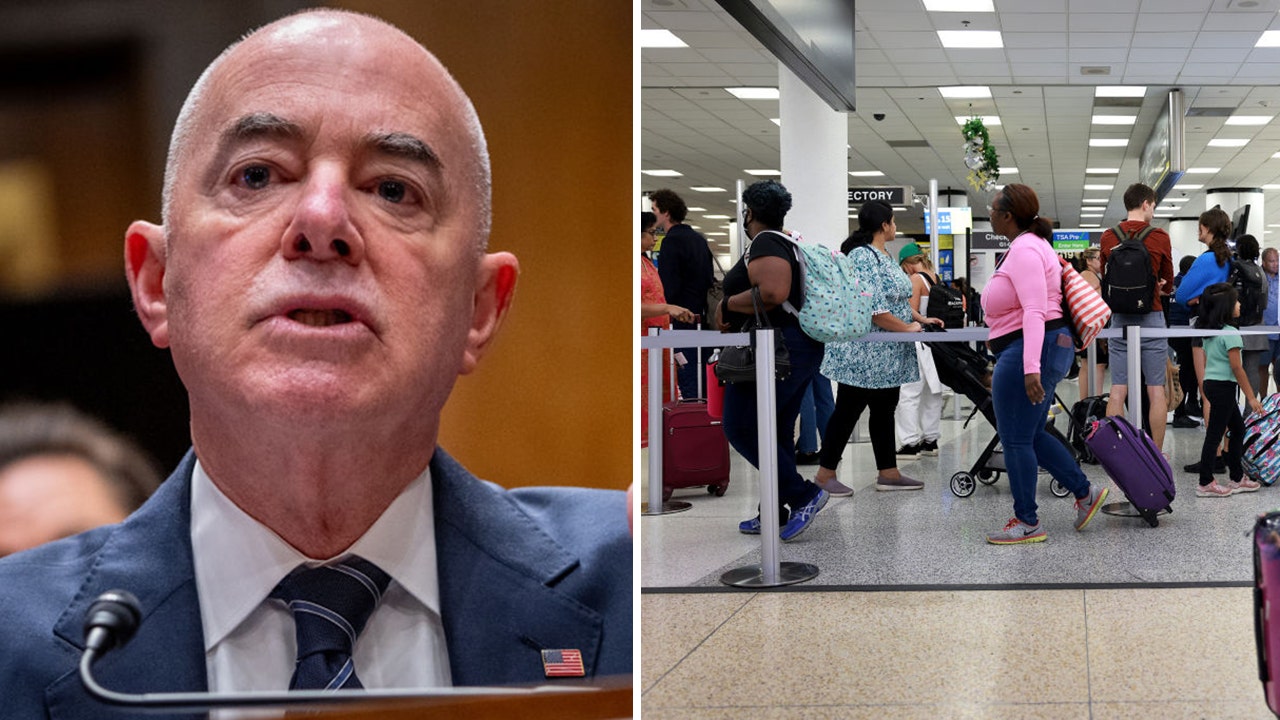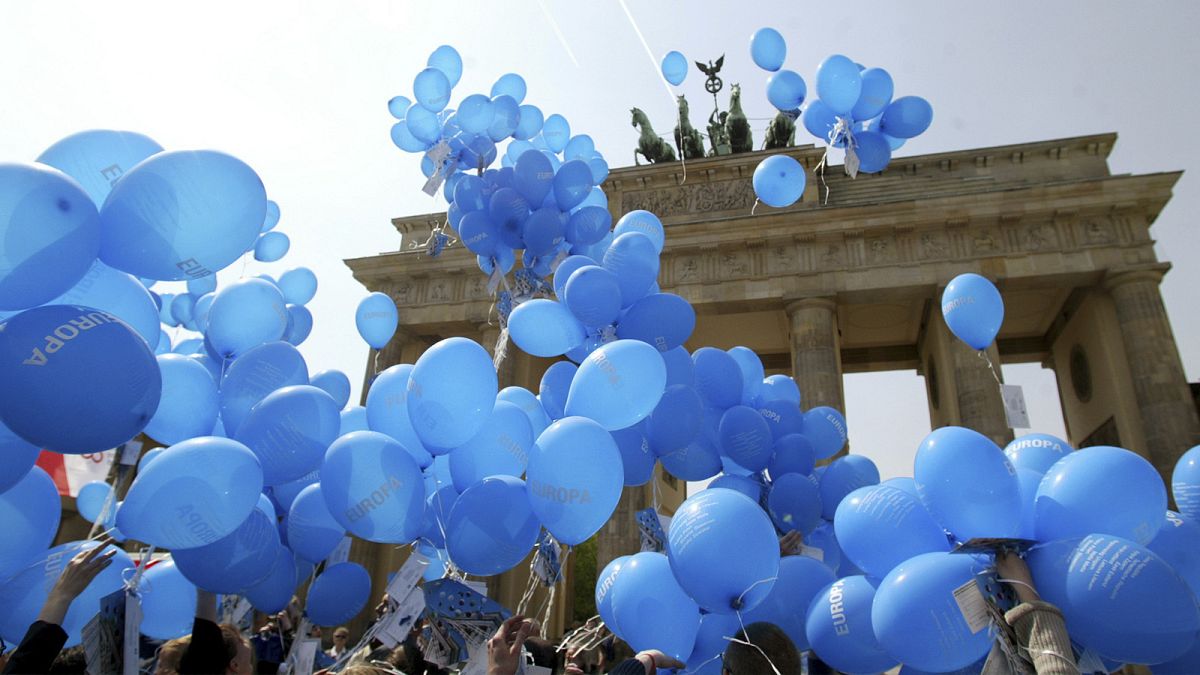US investors are paying the biggest premiums since October to protect their portfolios against market gyrations as mounting tensions in the Middle East and reduced expectations of interest rate cuts fuel a surge in volatility.
The Vix index, Wall Street’s so-called fear gauge, hit 19.6 this week, its highest level since October 20, two weeks after the Hamas attack that triggered Israel’s war in Gaza.
The metric measures the price of options that enable investors to profit from swings in the S&P 500.
As of the end of Wednesday in the US, the index had receded slightly to about 18.2, still far above its late-March level of 12.6.
Market turmoil has also affected US bonds, with the ICE BofA Move index, which tracks volatility in US Treasuries, hitting 121, its highest level since early January and up from 86 in March.
Alex Kosoglyadov, managing director in global equity derivatives at Nomura, said a surge in demand in put options — which act as a form of insurance against stocks falling — marked a stark contrast with earlier this year.
He argued that investors were previously more concerned about missing out on potential stock market gains than protecting their portfolios against a sell-off.
“Investors were buying upside exposure as their hedge,” Kosoglyadov said. “The risk was that the market would keep rallying and that they’d underperform.”
The market has been rocked by the confrontation between Israel and Iran since Tehran signalled last week it was planning an attack in response to a presumed Israeli strike on its consulate in Damascus.
Vix option volumes hit a six-year high on Friday, according to Mandy Xu, head of derivatives market intelligence at Cboe Global Markets, which operates options and securities exchanges.
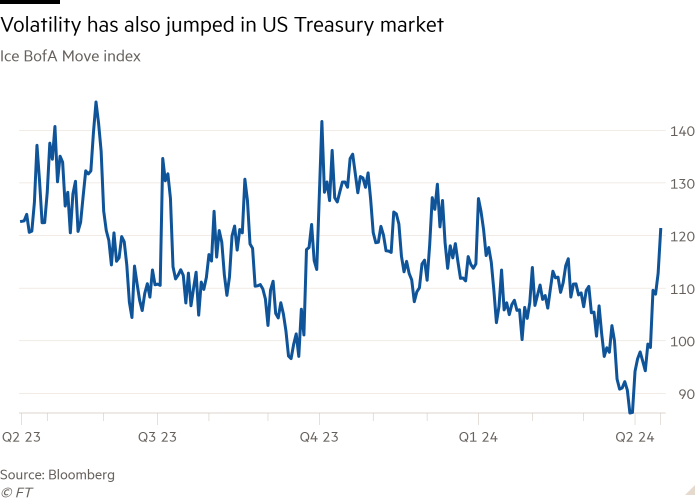
The Middle East tension has since escalated, with Iran on Saturday firing more than 300 armed drones and missiles at Israel, which is now considering its retaliation.
Solita Marcelli, chief investment officer Americas at UBS Global Wealth Management, said investors were buying “downside protection” in light of the geopolitical tensions.
Investors are also reassessing their strategies after the shift in expectations in interest rates provoked by the strength of the US economy.
The S&P 500 fell sharply on Monday following bumper retail sales figures, with the fallout spreading to markets around the world on Tuesday.
US Federal Reserve chair Jay Powell said on Tuesday it was likely to take “longer than expected” for inflation to fall to the central bank’s target level and make rate cuts appropriate.
While the Fed has indicated that it intends to make three quarter-point cuts this year to interest rates, investors now expect just one or two reductions. In January, they had anticipated six.
The shift in rate expectations has hit bond markets, with yields, which move inversely to prices, rising sharply. That in turn has made equities less attractive to investors, since they can now earn a higher return than before from ultra-safe US Treasuries.

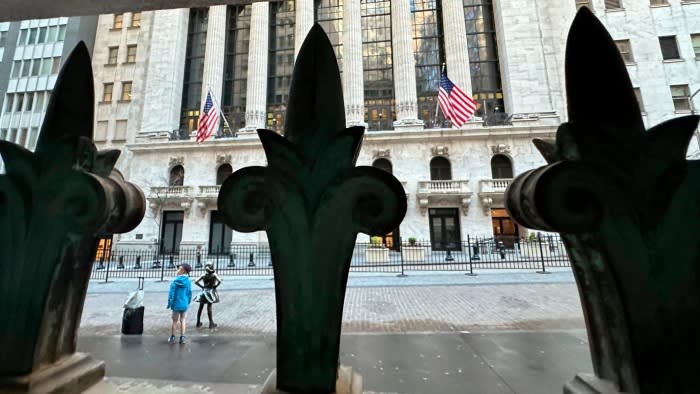






/cdn.vox-cdn.com/uploads/chorus_asset/file/25415491/DSC08587.JPG)

